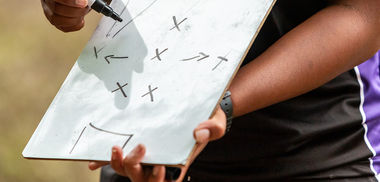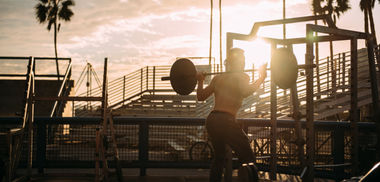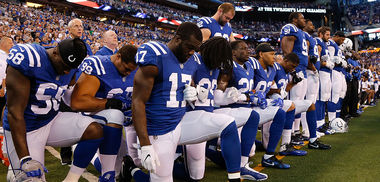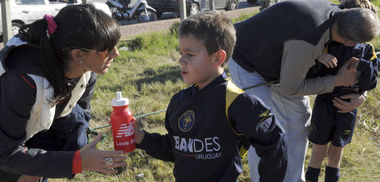

What Spartan Warriors Can Teach Us About Leadership
Warm Up
Spartan military culture has recently been popularized through movies (i.e. Zach Snyder’s 300) and comics, giving us a glimpse into the unique culture of these ancient warriors. Aside from earning a reputation as ferocious fighters who overcame seemingly insurmountable odds, there are two valuable leadership principles embedded in Spartan military tactics that if embraced will drastically improve your team’s performance and culture.
Workout
Spartan fighting forces were notorious for developing some of the fiercest and most effective soldiers in the ancient world. The Spartan army routinely beat the odds by defeating opponents with much larger armies and much better military equipment. Their unique organizational tactics, uncompromising culture, and fearlessness allowed them achieve seemingly impossible feats in the face of overwhelming odds.
In particular, the Spartan military used two very distinct fighting tactics that gave them a decided advantage over their adversaries. Their use of circular shields (called an aspis) in conjunction with a military formation called the phalanx made it difficult for much larger armies to penetrate their ranks.
Let’s dive into what each element can teach us about the importance of leadership, strength, culture, and team-performance.
The Spartan Shield (aspis)
The aspis was a circular shield with a slight curvature, a wooden or leather laminated support underneath, and a bronze covering on the exterior. Each warrior was expected to protect their shield with their life. The shield was more than just another piece of military equipment, it was a deeply symbolic part of a Spartan solider’s identity. Spartan women are said to have sent their sons off to war with a stern reminder: “Return with your shield or on it.”
The importance placed on the shield was not primarily connected to a soldier’s personal well-being, but to the greater good of the entire fighting force. The size and shape of the aspis allowed a soldier to protect the blind spots of his fellow companions in the heat of battle. Each soldier would cover for the man next to him which in turn would allow the man next to them the freedom and confidence to fight with bravery—because they were not worried about protecting their own blind-spot.
As one Spartan King said regarding the importance of the shield, “because the latter [other armors] they put on for their own protection, but the shield for the common good of the whole line.”
Every great team must have their own shield to protect themselves (and their team) against hostile influences that want to destroy them. Just as the Spartans used their shields to ward off approaching enemies, effective leaders equip their teams with the necessary tools to protect the interests of the group at all cost.
The Spartan Military Formation (phalanx)
When the Spartan’s were greatly outnumbered on the battlefield, they would engage their enemies in a formation called the phalanx. A phalanx was formed when Spartan warriors would form a rectangle-shaped mass of soldiers, tightly packed together, with the outermost warriors of the formation turning their shields outward to form a protective casing.
This densely packed group of warriors allowed them to thwart various external threats while allowing them to advance in unison to engage their opponents from a position of relative safety and strength. The phalanx served a defensive and offensive purpose. They would fend off attacks by linking their shields together to form a protective outer layer, then the Phalanx would move forward as one unit to execute their offensive strategy.
The particulars of how phalanx operated offer us a fascinating look into the essence of building a strong team of people.
The spartans would carry their shields on the left side of their body which allowed them to cover the blind spot of the warrior fighting next to them. Commanders would arrange it so that family members and friends were placed next to each other within the formation. The belief was that warriors would be less likely to abandon their comrades if they were fighting next to someone they deeply cared about.
The strength (and ultimately the effectiveness) of the phalanx was encapsulated in the “next man up” approach. If a warrior was injured or killed on the outer edge of the formation, the next man behind them would step up and take their place. The integrity of the group’s formation was protected at all costs, because without the strength of the phalanx to protect them, each man on had little chance of surviving the battle on his own.
Cooldown
Every team needs the right protection (shield) and the right formation (phalanx) to effectively engage the obstacles that stand in front of them. With the right protection and the right formation, each team-member will able to move forward with the confidence and fearlessness they need to attack the challenges ahead of them.
Thought exercise:
How can you apply the metaphors of the aspis and the phalanx to your team? What kind of protection and formation does your team need to gain the confidence and fearlessness it needs to be successful?












